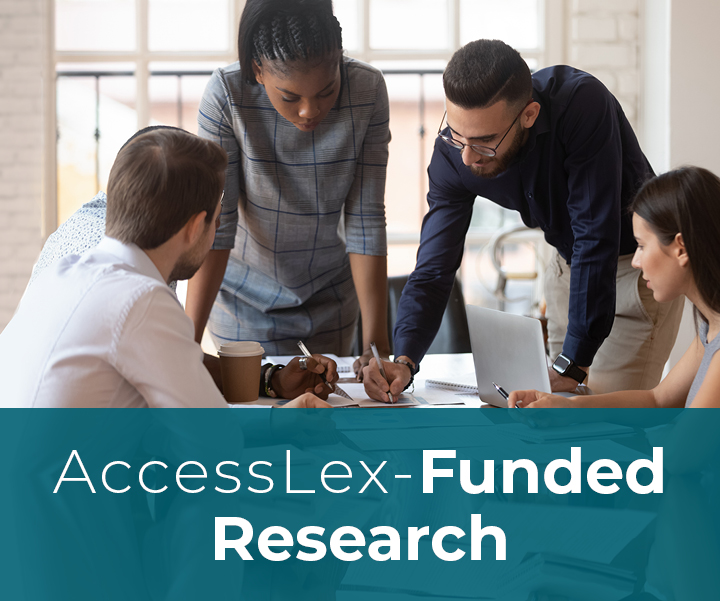Battling Biases: How Can Diverse Students Overcome Test Bias on the Multistate Bar Examination
Document Type
Law Review Article
Publication Date
5-2018
Keywords
race and ethnicity, bar exam design, psychometrics, health and psychological barriers, bar passage, stereotype threat
Abstract
Drafters of standardized tests, such as the Law School Admissions Test (LSAT) and Multistate Bar Examination (MBE), strive to eliminate biases in multiple-choice questions by assembling representatives of diverse backgrounds to screen and discard prejudicial questions. But in reality, intelligence tests will always contain some aspect of bias because a committee of test administrators can never represent the views of every person. Nevertheless, the bar exam incorrectly assumes that all applicants learned the same information throughout their academic careers and possess similar cultural experiences and opinions. The bar exam has not fully recognized that questions can be interpreted differently.
Scholars advocate to abandon intelligence tests as a measure of a person’s future success, but this is unlikely to happen anytime soon because intelligence tests have been used since the early 1900s. Thus, in the meantime, professors must teach students how to identify and eliminate personal biases to increase the students’ chances of selecting the best answer. We must acknowledge that biases will never fully disappear and figure out how to properly support students who experience biases. This article does not promote conforming to social norms, changing our students core beliefs, or decreasing diversity. This article addresses the reality of the bar exam and provides students with a chameleon-like skill that they can use to ensure they are triumphant on the MBEs.
Part I provides background information on the components of the bar exam and disparity in performance results between Whites and people of color. It defines test validity and explores test biases as a possible reason for the lower passage of minorities, such as language barriers, the equal experience assumption, promotion of dominant values, and bias in item selection. Part II discusses test biases on the MBE portion of the bar by exploring the National Conference of Bar Examiners’ (NCBE) five myths and breaking down specific multiple-choice questions from NCBE’s Online Practice Exam #4. Part III shares how academics can (a) reframe stereotype threat to help students overcome test anxiety and (b) reframe the speediness and memorization requirements of the bar exam to requirements of grit and determination to join the profession. Finally, Part IV acknowledges that test biases are unlikely to disappear and provides a step-by-step solution to help students be successful on the MBEs. The step-by-step approach is supported by statistics from the Logic for Lawyers class at the University of San Francisco School of Law, a multiple-choice skills-based test that employs the step-by-step method.




